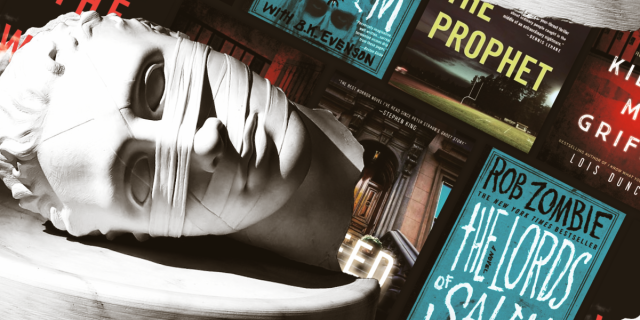Horror fiction has a long and chilling history, filled with tales that have haunted readers for centuries. Today, we delve into the unsettling world of early horror novels, exploring 10 classics and the fascinating backstories that gave birth to them
The Castle of Otranto (1764) by Horace Walpole: Considered the first Gothic novel, “The Castle of Otranto” was born from a dream Walpole had about a giant hand in a suit of armor. The novel’s dark atmosphere, featuring incestuous desires and supernatural elements, shocked audiences and paved the way for the Gothic horror genre.
Frankenstein; or, The Modern Prometheus (1818) by Mary Shelley: This chilling tale of a scientist who creates life from the dead was born during a competition among friends to write the best ghost story. Fueled by her fascination with the advancements in science and the ethics of creation, Shelley penned a masterpiece that continues to spark discussions about humanity and ambition.
The Vampyre (1819) by John Polidori: Inspired by Lord Byron’s charismatic and mysterious persona, Polidori’s “The Vampyre” introduced the now-iconic archetype of the seductive and aristocratic vampire. This novella significantly influenced Bram Stoker’s Dracula, solidifying the vampire’s place in horror literature.
Melmoth the Wanderer (1820) by Charles Robert Maturin: This Gothic masterpiece tells the story of a mysterious man cursed to wander the Earth for eternity. Maturin’s inspiration came from a fragment of a legend he heard, weaving a tale of Faustian bargains and the consequences of seeking forbidden knowledge.
The Strange Case of Dr. Jekyll and Mr. Hyde (1886) by Robert Louis Stevenson: This exploration of human duality was inspired by a dream Stevenson had about a man transforming into a monstrous figure. The novella delves into the psychological aspects of good and evil residing within us all, leaving readers questioning the darkness that might lurk beneath the surface.
The Turn of the Screw (1898) by Henry James: This psychological horror novella, told through an unreliable narrator, leaves the reader questioning the nature of reality. Inspired by ghost stories and the idea of innocence corrupted, James’s ambiguous narrative continues to puzzle and terrify readers.
Dracula (1897) by Bram Stoker: A cornerstone of horror literature, “Dracula” was heavily influenced by Stoker’s research on Eastern European folklore and vampire myths. The charismatic and terrifying Count Dracula, along with the themes of seduction and Victorian anxieties, cemented the novel’s place as a horror classic.
The Call of the Cthulhu (1926) by H.P. Lovecraft: This novella is a prime example of cosmic horror, a subgenre Lovecraft pioneered. Inspired by his own fascination with the vastness of the universe and the insignificance of humanity, Lovecraft created a world of monstrous entities that lurk beyond human comprehension.
The Haunting of Hill House (1959) by Shirley Jackson: Though technically not an “early” horror novel, “The Haunting of Hill House” deserves a mention for its unique backstory. Jackson based the story on her experiences investigating purportedly haunted houses, infusing the novel with a sense of unsettling realism.
We Have Always Lived in the Castle (1962) by Shirley Jackson: Another chilling tale by Shirley Jackson, “We Have Always Lived in the Castle” was inspired by a real-life murder case and explores themes of isolation, family secrets, and unreliable narration.
These ten early horror novels not only deliver spine-tingling chills but also offer a glimpse into the inspirations and anxieties of their time. So, if you’re looking for a classic scare, delve into these chilling tales and explore the fascinating backstories that brought them to life
